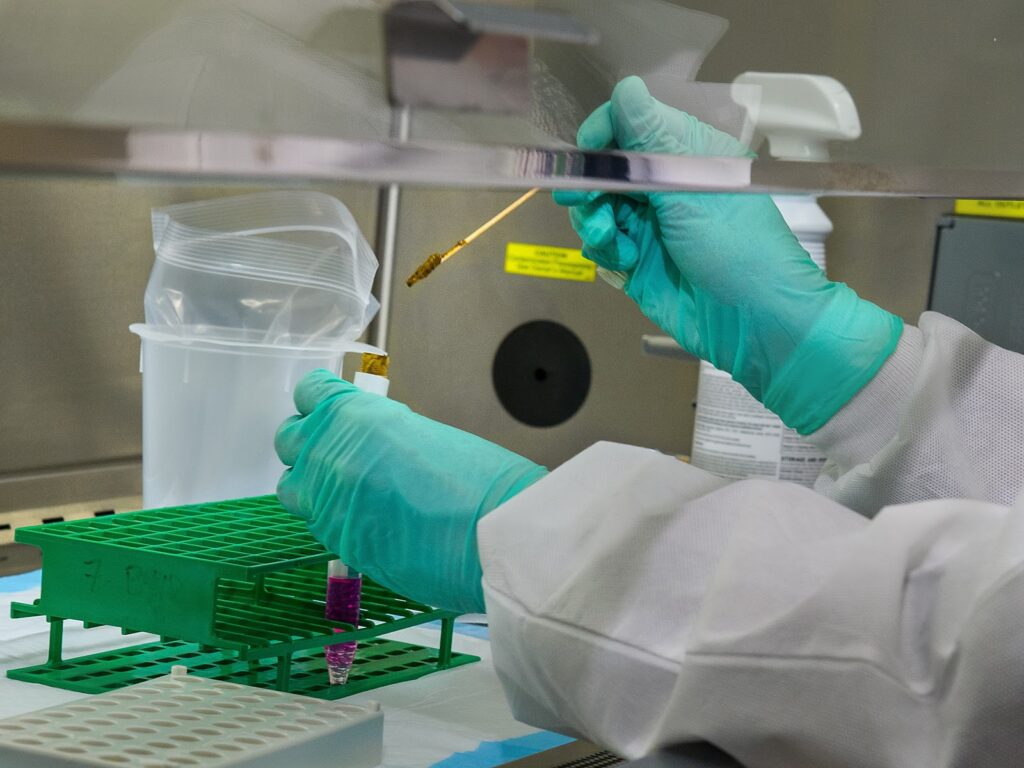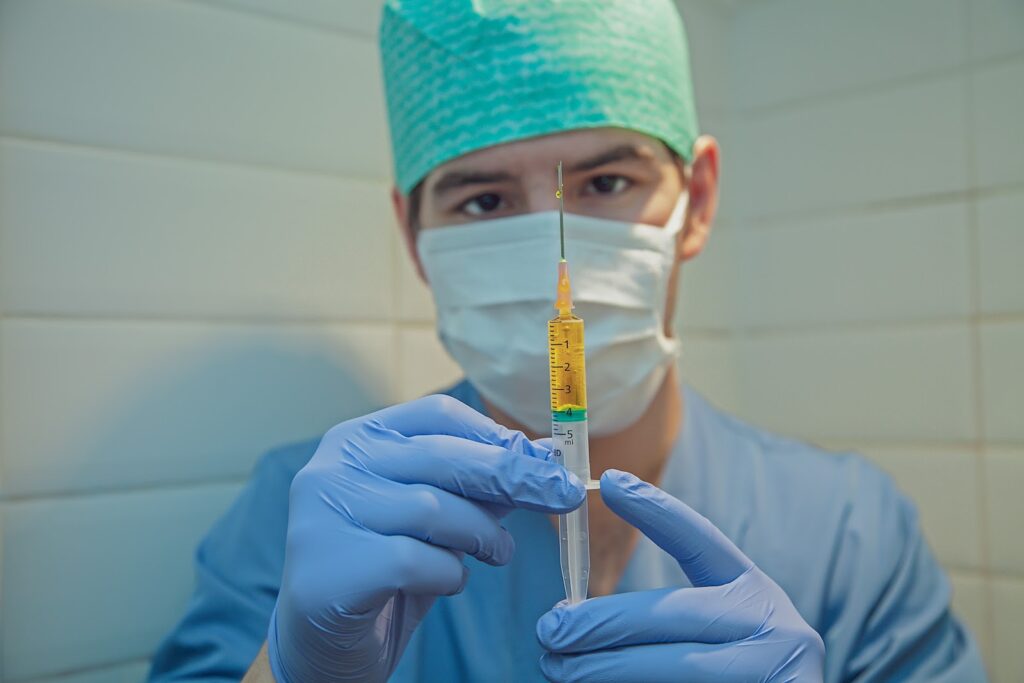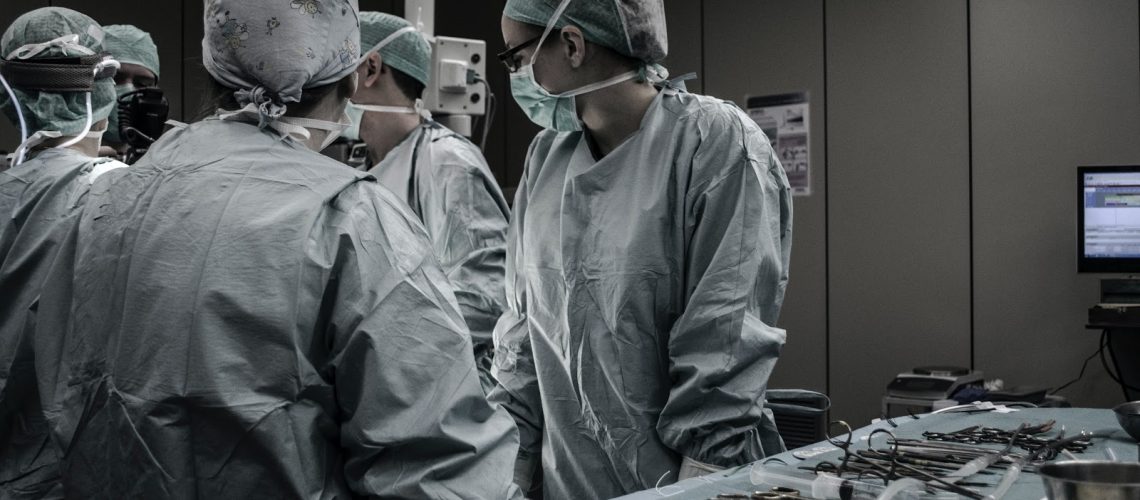Whether you work at a doctor’s office, hospital, or healthcare center, you’ve probably heard the term biohazardous waste. It’s human body fluids, animal waste, and other microbiological waste that may potentially be infectious. You’ll often see it in those red bags with the ominous warning sign, telling you to handle with care.
To keep employees safe from deadly diseases and various viruses, medical facilities turn to the Sterilis Solutions System, an on-site, on-demand remediation device that turns those biohazardous materials into harmless confetti to be thrown safely in the regular trash.
But if your company has yet to implement this cost-effective device, you might be wondering where all these red bags of dangerous materials end up. Where do they go? That’s what we are going to explore in this article, but first let’s take a closer look at the different types of medical waste.

What Are The Categories of Medical Waste?
Working in a medical office, you’ll often have to safely deal with biohazardous materials, along with other medical waste. US hospitals produce more than 5.9 million tons of medical waste each year — not including dentist offices, veterinary offices, and home care.
Medical waste comes in many forms, all of which must be properly disposed of to avoid exposure or spreading.
Contaminated Sharps
Contaminated sharps are any sharp objects that have the potential to pierce or slice skin, including needles, syringes, scalpel blades, and trocars. This medical waste must be immediately placed in a leak-proof, puncture-proof, tear-proof sharps container. These have special lids that prevent potential needlestick injuries.
Outside of hospitals, Americans discard 7.8 billion needles every year, most often just tossed into the trash.
Biohazardous Waste
Anything contaminated by blood is typically categorized as biohazardous waste. This also includes blood-related products, meaning plasma and serum, along with blood itself.
Pharmaceutical Waste
Discontinued, expired, opened, used, or contaminated medications — for humans and animals — are considered pharmaceutical waste. These must be discarded of properly as well, even outside of medical facilities.
A new law carries a fine of more than $70,000 per violation if a medication is flushed or thrown away incorrectly, meaning staff should be trained to take care of pharmaceutical waste properly.
Pathology Wastes
Any part of a human or animal that’s taken from the body for testing is a pathological waste. This is most often tissue samples used for testing and diagnosis.
Microbiological Waste
Similar to pathological waste, microbiological waste includes culture dishes, live vaccines, and other infectious waste found within a laboratory setting. Healthcare workers and the general public should not be exposed to these infectious contaminants, so proper disposal is required.
Related: The Autoclave Sterilization Process and How It Works
Where Does Medical Waste Go?

Each type of waste has its own specific disposal procedure that must be followed. In 1988, the United States Congress enacted the Medical Waste Tracking Act. The purpose was to develop studies that assessed and analyzed medical waste and its disposal. Biohazardous waste disposal is closely regulated in most states.
A quick reminder that you can use a Sterilis Solutions System to easily deal with medical waste and avoid the processes listed below. But meanwhile, these are some of the processes that a waste management expert will do after they come to pick up your facility’s medical waste.
Autoclaving (thermal)
Also called steam sterilization, this is often seen as one of the most dependable procedures for eliminating all forms of microbial life. Most of the waste treated in this way is then shredded and brought to a sanitary landfill.
Incineration
Incineration can happen on or off-site, done by licensed contractors who specialize in infectious materials. According to the EPA, 90% of biohazardous waste is incinerated. It reduces waste volume, sterilizes the waste, and eliminates the need for pre-processing efforts. Incineration has also been found to neutralize potentially infectious agents.
Chemical
Medical waste is treated chemically if it’s liquid. Think cleaning materials used in a laboratory or for chemical waste cleanup.
Biohazardous
Biological or enzymatic treatment is not too common for medical waste treatment. It uses enzymes to neutralize certain infectious organisms. While not used too often now, the science community is constantly developing it for future use.
Microwave (Irradiative)
Microwave, or irradiation treatment, is usually used for infectious and sharps waste prior to disposal. This is not a suitable treatment for pathological waste.
Related: How to Achieve Sustainability in Healthcare
Improper Disposal of Medical Waste
No matter the type of medical waste, employees should never dispose of waste improperly. At the least, this can lead to extensive training, doctor’s appointments, and other safety precautions. In the most extreme circumstances, it can be deadly. Not only is it dangerous for exposed employees, it’s also potentially costly for your facility due to strict penalties for noncompliance.
Conclusion
It can sound a bit confusing or complicated when you consider all of the types of medical waste and all of the various procedures to properly deal with them. But that’s why so many medical facilities implement a Sterilis Solutions System. To keep employees safe and avoid all of the extensive precautions and processes outlined above, you can simply use the system to turn medical waste into harmless material that’s able to safely handled and simply thrown out in the trash.
Want to learn more about how you can save money and keep employees safe with Sterilis Solutions? Contact us today.
- How to Return to Work Safely
 As the year 2020 marched forward, it became evident that COVID-19 would force a lockdown across the U.S., if not across the globe. For seemingly endless months, everyone has had … Read more
As the year 2020 marched forward, it became evident that COVID-19 would force a lockdown across the U.S., if not across the globe. For seemingly endless months, everyone has had … Read more - Steps to Take Following a Needlestick
 It’s not difficult to believe that the healthcare industry is a hazardous industry to work in. Even as the current pandemic has relegated most of the country to their homes, … Read more
It’s not difficult to believe that the healthcare industry is a hazardous industry to work in. Even as the current pandemic has relegated most of the country to their homes, … Read more - What Are Some Examples of Biohazard Waste?
 Table of Contents What are some examples of Biohazard Waste? What is Biohazardous Medical Waste? Primary Categories of Medical Biohazard Waste Disposal of Common Biohazardous Waste If the term “biohazardous … Read more
Table of Contents What are some examples of Biohazard Waste? What is Biohazardous Medical Waste? Primary Categories of Medical Biohazard Waste Disposal of Common Biohazardous Waste If the term “biohazardous … Read more
